Styrofoam Panels at Lowes
orchiddude
17 years ago
Related Stories
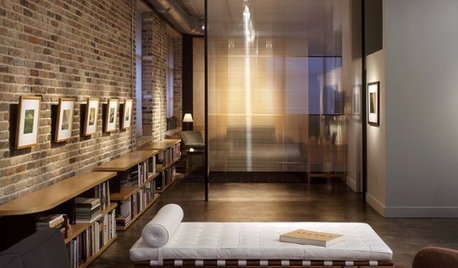
MATERIALSMaterials Workshop: Polycarbonate — a Low-Cost Alternative to Glass
Looking for something lighter, stronger and less expensive than glass? Multiwall polycarbonate may be a good option
Full Story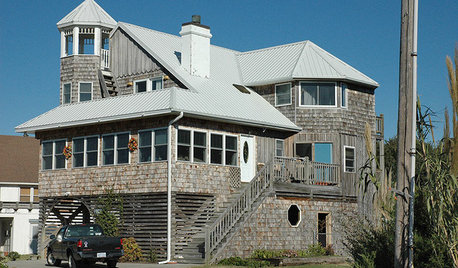
REMODELING GUIDES8 Ecofriendly Roof Options for Low Budgets and Up
Save resources with a cooling or sustainable roof or add-on that looks great and fits your price range
Full Story
PAINTINGKnotty to Nice: Painted Wood Paneling Lightens a Room's Look
Children ran from the scary dark walls in this spare room, but white paint and new flooring put fears and style travesties to rest
Full Story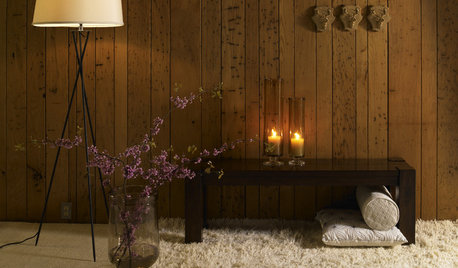
How to Update Cozy Wood Paneling
See how to give fresh life to once-retro woodsy wall coverings
Full Story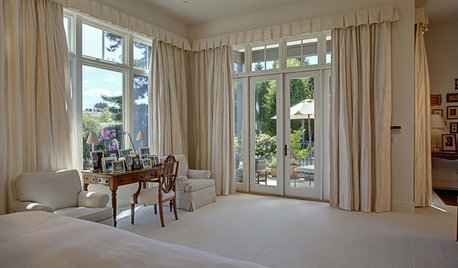
WINDOW TREATMENTSHow Low Should Your Drapes Go?
Hover, brush the floor or pool like Scarlett O'Hara's tears — we give you the lowdown on curtain length options
Full Story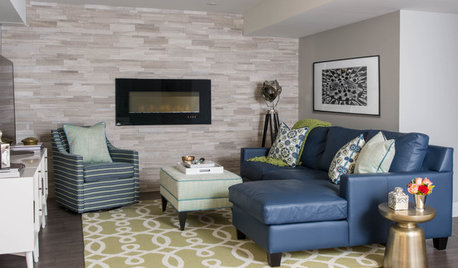
CEILINGSHow to Visually Lift a Low Ceiling Without Renovating
Low ceiling got you down? Stand up to it with these relatively easy-to-implement design moves
Full Story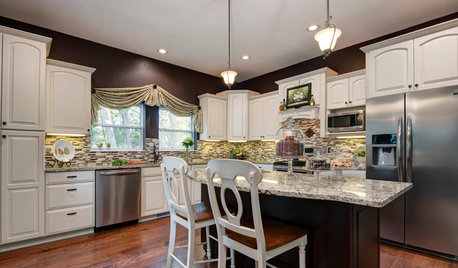
INSIDE HOUZZSee the Results: The Houzz/Lowe’s Dream Kitchen Sweepstakes
An interior designer and products from Lowe’s help this homeowner fulfill a kitchen dream
Full Story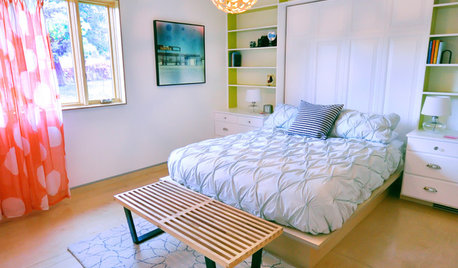
WOODTry DIY Plywood Flooring for High Gloss, Low Cost
Yup, you heard right. Laid down and shined up, plywood can run with the big flooring boys at an affordable price
Full Story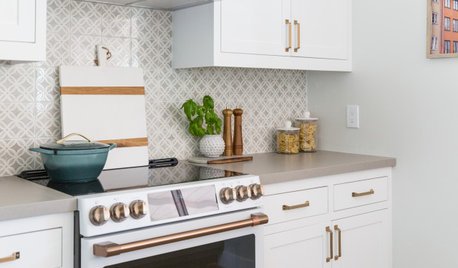
KITCHEN CABINETS9 Ways to Get Low-Maintenance Kitchen Cabinets
Save valuable elbow grease and time with these ideas for easy-to-maintain cabinets
Full Story
WINDOW TREATMENTSEasy Green: 9 Low-Cost Ways to Insulate Windows and Doors
Block drafts to boost both warmth and energy savings with these inexpensive but effective insulating strategies
Full Story






scryn
rain1950
Related Professionals
Wilmington Landscape Contractors · Allentown Landscape Contractors · Bedford Heights Landscape Contractors · Eustis Landscape Contractors · Lakeville Landscape Contractors · Melrose Park Landscape Contractors · New Cassel Landscape Contractors · Oxnard Landscape Contractors · Tewksbury Landscape Contractors · Uxbridge Landscape Contractors · Vallejo Landscape Contractors · Wareham Landscape Contractors · West Orange Landscape Contractors · Danville Solar Energy Systems · Sanger Solar Energy Systemsagardenstateof_mind
consultant
trigger_m
stressbaby
orchiddudeOriginal Author
nathanhurst
orchiddudeOriginal Author
chris_in_iowa
chris_in_iowa
orchiddudeOriginal Author
nathanhurst
gw:plant_babies
orchiddudeOriginal Author
consultant
orchiddudeOriginal Author
birdwidow
nathanhurst
birdwidow
nathanhurst
birdwidow
birdwidow
gmatx zone 6
orchiddudeOriginal Author
nathanhurst
birdwidow
orchiddudeOriginal Author
birdwidow
nathanhurst
gw:plant_babies
Mike Larkin
nathanhurst
ohiojay
orchiddudeOriginal Author
stressbaby
nathanhurst
orchiddudeOriginal Author
stressbaby
orchiddudeOriginal Author
agardenstateof_mind
ohiojay
nathanhurst
mollyd
dfw_lr
lj122063
ole_dawg